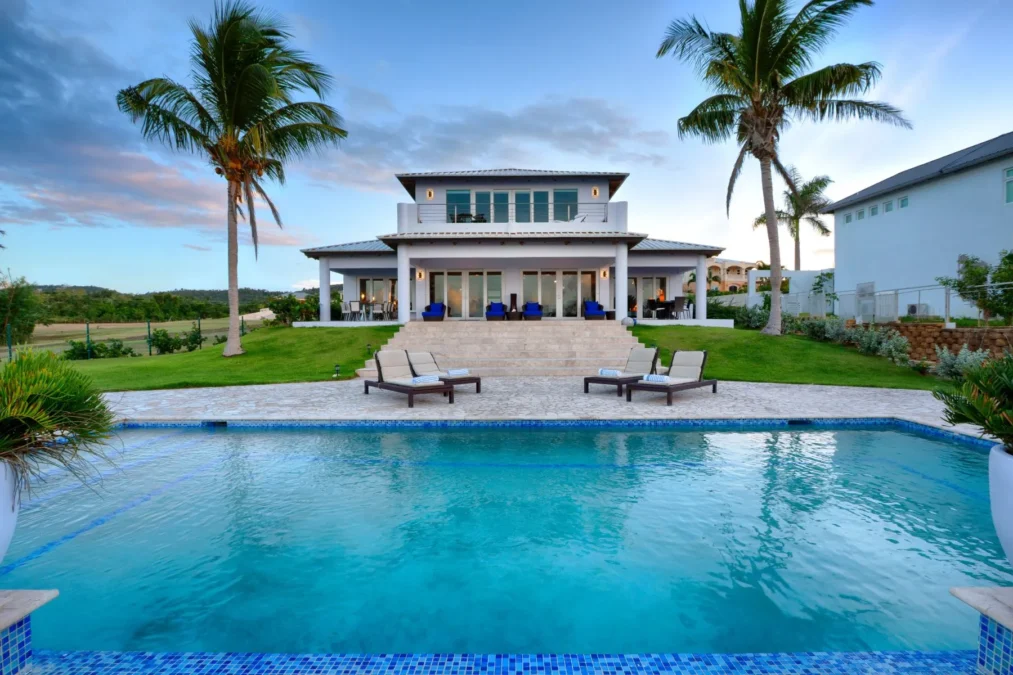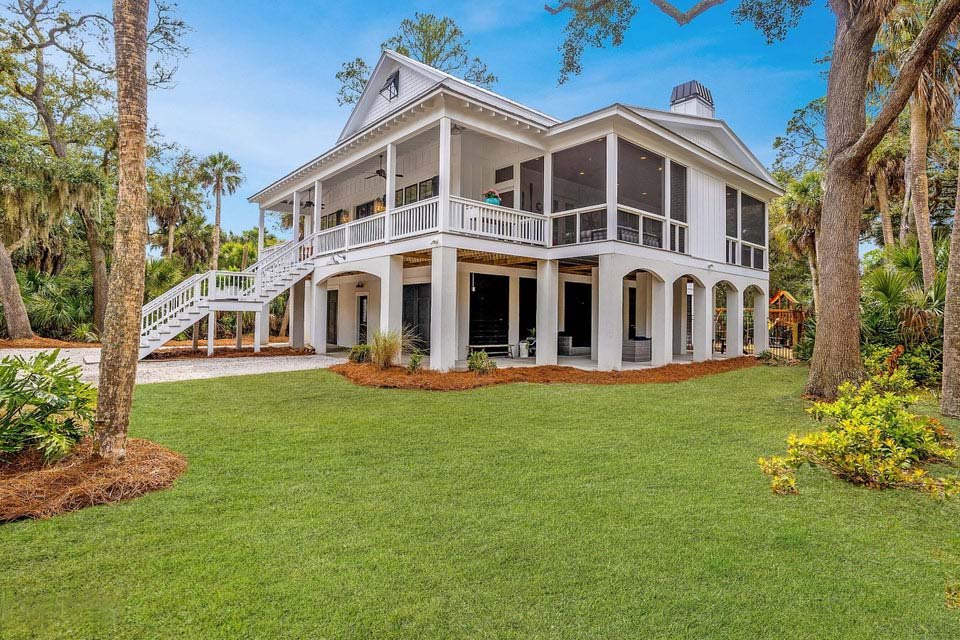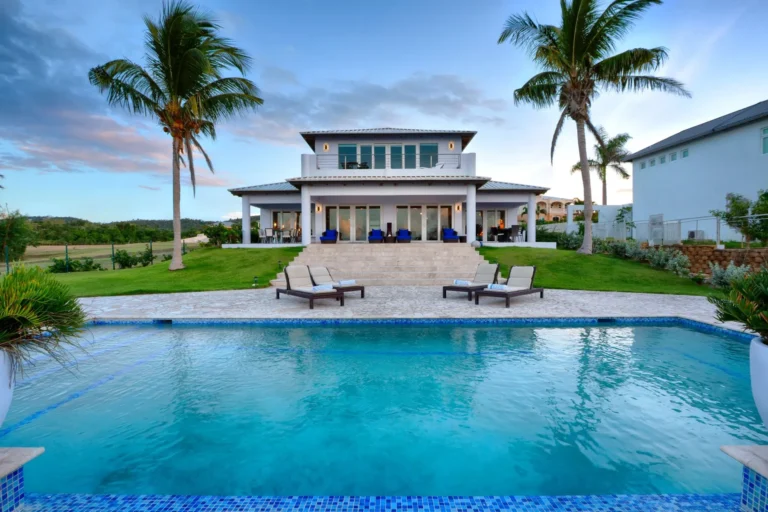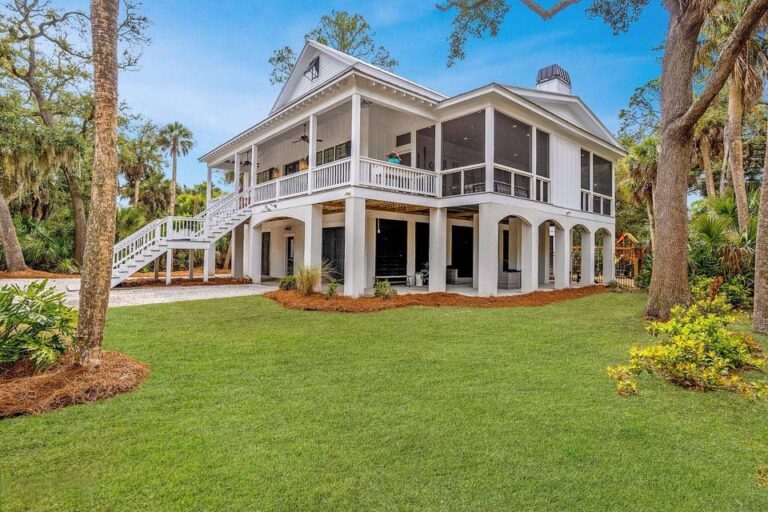For years, Alex and Jennifer had dreamt of owning a coastal home. They imagined waking up to waves crashing on the shore, sipping coffee on their balcony as the sun rose over the ocean, and hosting family get-togethers with sea breezes and breathtaking sunsets in the background. After years of saving and searching, they had finally found the perfect property—a charming two-story home on the coast, nestled between dunes and a winding boardwalk. However, as they prepared to make an offer, the couple realized how complex purchasing a coastal property could be. From rising demand and environmental factors to price appreciation and legal considerations, buying a piece of paradise was not as simple as they initially thought. Coastal Property for Sale
Like Alex and Jennifer, many people are drawn to the allure of coastal living. Whether for retirement, vacation homes, or a lifestyle change, the market for coastal properties has grown in recent years. However, buying a house by the sea requires a deep understanding of market trends, climate risks, and investment potential. This article delves into the coastal property market, explores current trends and statistics, and offers tips for purchasing a home on the water.
The Growing Demand for Coastal Property
Coastal property has long been associated with luxury, relaxation, and high market value. In recent years, demand for such properties has surged, driven by changing lifestyle preferences, remote work opportunities, and the enduring appeal of beachside living.
- Post-Pandemic Demand Surge
One of the most notable trends impacting the coastal property market is the shift in homebuyer preferences that began during the COVID-19 pandemic. As remote work became more common and people re-evaluated their living environments, many sought properties in scenic, tranquil locations—coastal areas being a top choice.
- According to a 2023 report from Redfin, the demand for coastal properties surged by 37% between 2020 and 2023, with many buyers prioritizing waterfront locations over urban centers. This trend was particularly evident in popular coastal regions like Florida, California, and Maine (Redfin, 2023).
- Zillow reported that the median sale price for U.S. coastal properties increased by nearly 20% between 2020 and 2023, outpacing the national average for residential real estate price growth of around 15% in the same period (Zillow, 2023). In high-demand coastal areas, such as Cape Cod, Massachusetts, and Malibu, California, price increases were even steeper, with coastal properties appreciating by 25-30% over the past few years.
- Coastal Cities vs. Rural Coastal Towns
The coastal property market is not monolithic. Prices and demand vary significantly between bustling coastal cities and more tranquil, rural seaside towns. Cities like Miami, San Diego, and Los Angeles are home to some of the most expensive coastal real estate, driven by local buyers and international investors.
- In Miami Beach, for example, the median home price surpassed $600,000 in 2023, a sharp increase from $450,000 in 2019 (Realtor.com, 2023). Luxury beachfront condos and properties with ocean views often reach the millions.
- In contrast, rural coastal areas—particularly in states like Maine, North Carolina, and Washington—have seen more modest price increases. While demand has grown in these regions, they remain more affordable for buyers seeking coastal living without the price tag of major metropolitan areas. For instance, the median home price in Bar Harbor, Maine, a quaint seaside town, is around $450,000, which is relatively affordable compared to coastal cities (NAR, 2023).
Key Factors Affecting Coastal Property Prices
Several factors influence the pricing and demand for coastal properties. While proximity to the water is often the main price driver, other elements—including climate change, environmental risks, and legal regulations—are becoming increasingly important considerations for buyers.
- Climate Change and Environmental Risks
One of the most significant issues impacting coastal property markets today is the increasing awareness of climate change and its effects on coastal regions. Rising sea levels, coastal erosion, and the frequency of extreme weather events are all factors that potential buyers need to consider when investing in a waterfront home.
- According to the National Oceanic and Atmospheric Administration (NOAA), the average sea level along the U.S. coastline will rise by 10-12 inches by 2050 (NOAA, 2023). This has led to concerns about the long-term sustainability of certain coastal properties, particularly in low-lying areas such as parts of Florida, Louisiana, and New Jersey.
- A 2023 report by Climate Central revealed that approximately $1 trillion worth of U.S. real estate is at risk of chronic flooding by 2050, with coastal properties making up the majority of that value (Climate Central, 2023). Coastal homeowners are increasingly factoring in the cost of flood insurance and the potential need for property fortifications like seawalls and raised foundations.
While environmental risks are a growing concern, many buyers are still drawn to the immediate benefits of coastal living. Before investing, prospective homeowners should thoroughly research the property’s flood risk, insurance costs, and local government regulations regarding coastal protection.
- Zoning Laws and Coastal Development Regulations
Zoning laws and environmental regulations can significantly impact what can be built or modified on coastal properties. In many coastal regions, especially those prone to ecological degradation, strict regulations limit the type of development that can take place near the shoreline.
- Coastal states like California and North Carolina have implemented laws to protect fragile ecosystems such as dunes, wetlands, and coastal forests. For example, the California Coastal Act imposes strict controls on new development within a certain distance from the high tide line to preserve natural habitats and limit human impact (California Coastal Commission, 2023).
- Additionally, buyers should be aware of local zoning restrictions that may prevent building expansions or home modifications. For example, some coastal towns require new builds to be constructed on stilts or raised platforms to mitigate the effects of flooding. While this can protect properties, it may add to the cost of development or renovation.
Trends in the Global Coastal Property Market
While the U.S. coastal property market is significant, similar trends are observed worldwide. In regions like the Mediterranean, the Caribbean, and Australia, coastal properties remain among the most desirable and expensive real estate.
- Europe: The Mediterranean Coastline
The Mediterranean, particularly regions like the French Riviera, Amalfi Coast, and Spanish Costa Brava, remains a top destination for luxury coastal properties. Wealthy buyers worldwide flock to these regions, pushing prices skyward.
- According to a 2023 report from Knight Frank, the average price for prime coastal property in the Mediterranean has risen by 8% year-on-year, with some areas, such as Monaco and Saint-Tropez, seeing increases of up to 15% (Knight Frank, 2023).
- In Italy, the average price for properties along the Amalfi Coast is around €7,000 per square meter, with exclusive properties often selling for well over €10 million (Sotheby’s International Realty, 2023). This is similar in other high-demand Mediterranean regions.
- The Caribbean: A Popular Investment Hub
The Caribbean remains a hotspot for buyers seeking vacation homes or investment properties. The Bahamas, Barbados, and Turks and Caicos are among the top destinations for international buyers.
- According to Sotheby’s International Realty, beachfront properties in Turks and Caicos have increased prices by 10% in 2023, with luxury properties selling for $2 million and up (Sotheby’s International Realty, 2023). However, buyers are also drawn to the affordability of lesser-known islands, where coastal properties can be found for as low as $500,000.
Tips for Buying Coastal Property
For those interested in purchasing coastal property, here are some important tips to consider:
- Research Local Climate Risks: Given the growing risks of coastal erosion and flooding, it is crucial to research the long-term viability of any coastal property you are considering.
- Work with a Local Real Estate Agent: A local agent with experience in coastal properties can provide valuable insights into zoning laws, flood insurance requirements, and other factors that may affect your purchase.
- Understand Insurance Costs: Flood and hurricane insurance can add significantly to the cost of owning a coastal property. Ensure you understand the full ownership cost, including potential insurance premium increases due to climate change.
- Check for Property Upgrades: In many cases, older coastal homes may need upgrades to meet current flood resistance and hurricane protection building standards. Make sure to factor in the cost of these upgrades when budgeting.
Conclusion: A Market of Beauty and Complexity
For buyers like Alex and Jennifer, the dream of owning a coastal property is one of both excitement and careful consideration. While the market for seaside real estate remains strong, it is essential to understand the unique challenges and risks associated with buying a home by the sea. Whether you are looking for a vacation home,














